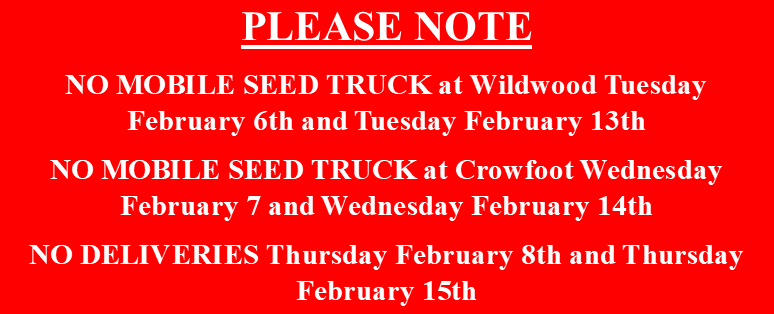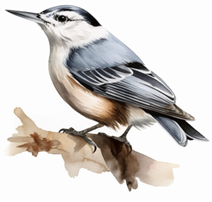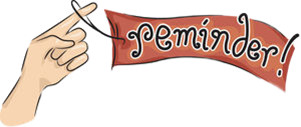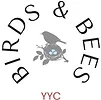LINK TO PDF NEWSLETTER DOWNLOAD


Fun Facts about White-breasted nuthatches:
· The name nuthatch probably results from the corruption of the word “nuthack” which refers to its’ habit of hacking away at a seed with its beak until it opens
· In Central Alberta, the nuthatches we see are Red-breasted and White-breasted nuthatches. Red-breasted are more common in the city, and White-breasted are seen in rural areas and Edmonton’s River Valley
· A nuthatch’s foot has one big toe (the hallux) that faces backward, while its other three toes face forward. This enables them to walk head first down the trunks of trees by moving only one foot at a time while the hallux toe on the other foot holds firmly to the bark. For this reason nuthatches are often called the “upside down” bird
· Male White-breasted nuthatches are less wary of danger when foraging with their mates than when they are alone. The female mate plays the dominant role as “watchdog” when they are together, leaving the male more time to concentrate on hunting for food
· During the winter, White-breasted nuthatches will often forage together with other birds such as Chickadees and Downy woodpeckers in a group known as a foraging guild. Nuthatches are able to recognize the alarm calls of these species and can thus reduce their own level of alertness by relying on vigilance of these other species. This leaves them with more time to concentrate on finding food
· A breeding pair may smear insects around their nesting cavity to deter squirrels
In a study of the White-breasted nuthatch’s seed caching behavior, it was found that they selected unshelled sunflower seeds approximately 25% more often than seeds still in the shell. It appears that this preference is driven by the fact that it takes the Nuthatch about half the time to transport and cache an unshelled seed than it does a shelled one



